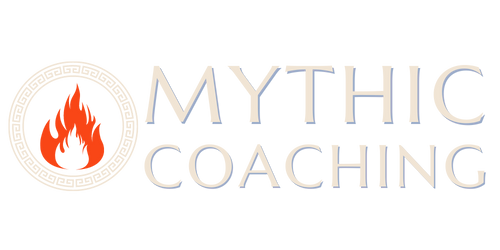Fun Fact: The Magic Lasso was not part of Wonder Woman’s original design. Marston added it as a story element to solve a problem—excessive force.
The lasso is well known for its power to compel its captives to tell the truth, forcing them to confess their crimes and reveal embarrassing private thoughts. What is less widely known is that that is a relatively recent development in the Amazon’s crimefighting career. It first appeared six months after Wonder Woman herself, and at that time, its magical properties were somewhat different.
In his first stories, Marston sometimes struggled to present Wonder Woman as simultaneously invincible and peace-loving. Early in her Nazi-busting career, she went to extreme lengths to extract information from a Nazi spy, suspending him by the ankle, upside-down, over the Potomac River, and dunking his head like a donut until he submitted.

Wonder Woman may have been willing to do whatever it takes to get the job done, but drowning a much weaker person, no matter his crimes, doesn’t exactly scream “emissary of love.” When a superhero punches down, it feels wrong. Heroism disappears, reduced to mere bullying.

A less violent, but more awkward attempt to get information involved Diana Prince administering a lie detector test to Steve Trevor’s nearly-naked secretary Lila, who had stripped to her underwear for an examination.
During the interrogation, Lila’s blood pressure jumped at the mention of the aforementioned mysterious envelope, spurring Diana’s curiosity. When Diana tried to take it from her, the understandably distressed Lila fought back. Diana punched her so hard she knocked the poor girl out cold, then went through her things while she was unconscious.
To her credit, Diana took the experience as a teachable moment, realizing she needed to be more careful with the girls of Man’s World, who were not as strong as her Amazon sisters. I’m sure Diana’s ability to learn from her mistakes would make Lila feel much better when she woke up later nursing a concussion.

In yet another episode, Wonder Woman threatened the villainous Dr. Poison with public humiliation, promising to strip her naked and march her “barefoot to Washington.”
Weaponizing shame against another woman doesn’t work well as a feminist lesson in loving leadership.
It may have been gratifying to watch a woman open a can of whoop-ass on someone who underestimated her. Still, when Wonder Woman turns her superior strength against a weaker woman, it reduced her to a schoolyard bully.
Can you imagine Wonder Woman sentencing Cercei Lannister to her epic Walk of Atonement in Game of Thrones? Sure, it was incredibly gratifying to watch the wicked queen get her comeuppance, forced to walk naked through the streets, humiliated and insulted by her subjects. Still, her punishment was hardly a demonstration of compassionate leadership or heroism.
Marston needed a way for Wonder Woman to overpower her enemies without resorting to violence. It was this final addition to Wonder Woman’s mythos that completed Wonder Woman’s origin story.
Every day, images of police officers armed with shields, batons, tasers, and guns flood our media streams. Heartbreakingly, these people who have sworn to serve and protect use their might to abuse people weaker than themselves. It is impossible to regard someone as heroic who turns superior force against those less powerful than he is. The difference between a hero and a villain is how they use their power, the ideals they uphold. During World War II, it was fascism vs. democracy. Oh, wait. It’s the same thing in 2020.
Unfortunately, the Magic Lasso isn’t real, and real-world problems are infinitely more complicated than superhero stories, but the lasso does contain symbolism that may be helpful in efforts to transform society. I’ll dive deeper into that in another post in the context of Marston’s DISC Theory.
If you’re enjoying 100 Days of Wonder Woman, please consider becoming a patron.
Visit https://www.patreon.com/discoveringwonderwoman.
